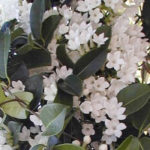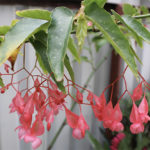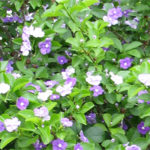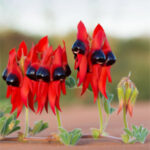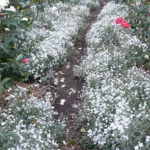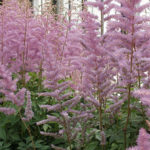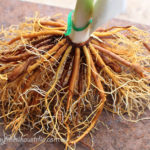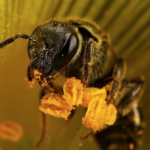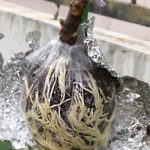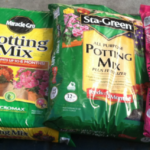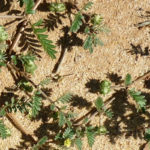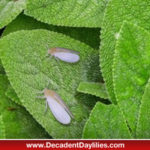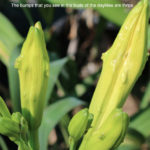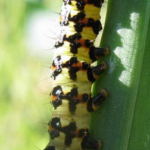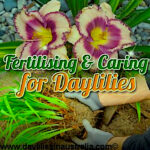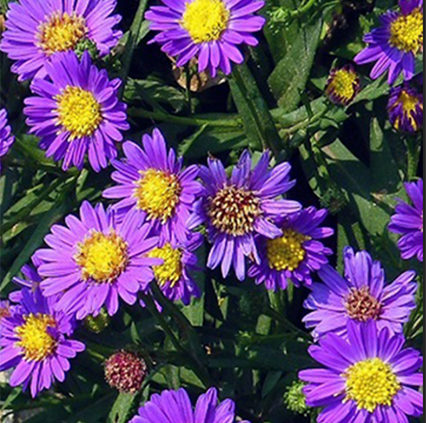
Aster Easter Daisy Care
Aster Flowers How To Plant Grow And Care For All Kinds Of Asters?
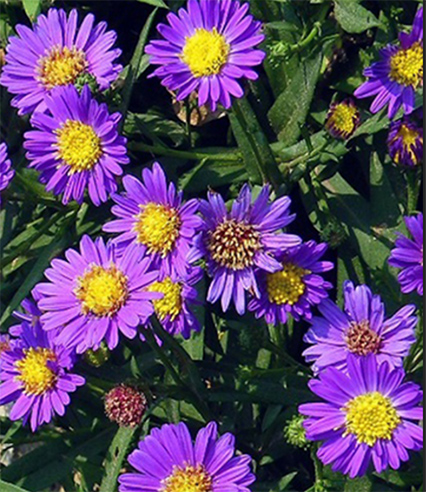 Aster flowers themselves are one inch wide that flower profusely to add plenty of attraction and beauty to your landscape during the late summer. They continue flowering, to the end of the autumn period before the weather starts to get cool and the Jack frosts arrives. In Australia, the Aster plant is well known as the Easter Daisy or Michaelmas Daisies. The Aster flowers bloom in shades of purple, pink, blue, white and a yellow variety (Aster Lutea or Solidaster Lemore) that add a vibrant look to your perennial garden when they flower. They are delightful loyal hardy flowers that return every year at the same time. It is easy to grow them in pots or plant them in your perennial garden beds. The Aster offers all kinds of flowers on short or tall stems, double and single blooms, all sizes and types are all attractive. They belong to the Asteraceae family and right now there are about 180 different species of Asters that look fantastic. These plants make great cut flowers for home and commercial cut flower growers.
Aster flowers themselves are one inch wide that flower profusely to add plenty of attraction and beauty to your landscape during the late summer. They continue flowering, to the end of the autumn period before the weather starts to get cool and the Jack frosts arrives. In Australia, the Aster plant is well known as the Easter Daisy or Michaelmas Daisies. The Aster flowers bloom in shades of purple, pink, blue, white and a yellow variety (Aster Lutea or Solidaster Lemore) that add a vibrant look to your perennial garden when they flower. They are delightful loyal hardy flowers that return every year at the same time. It is easy to grow them in pots or plant them in your perennial garden beds. The Aster offers all kinds of flowers on short or tall stems, double and single blooms, all sizes and types are all attractive. They belong to the Asteraceae family and right now there are about 180 different species of Asters that look fantastic. These plants make great cut flowers for home and commercial cut flower growers.
About Asters
The aster plants are dense and very full and can last for several weeks in bloom. The round flowers are shaped with a thick amount of overlapping daisy like petals, with flat pointed petals ends. The flower stems can reach about or up to 2 or 3 feet in height and I have seen them grow 4 feet tall. I have shorter varieties that grow as low as 10 inches high and wide. The Bushes become thick before flowering. They have a similar style of growth to chrysanthemums. Some other varieties of Asters have very thin stems and smooth leaves, while others have thick stems and long pointed hairy leaves. The asters can be used as borders and are a perfect fit for wildflower gardens, rock gardens or any kind of garden at your home.
How to plant Asters?
Asters thrive in areas where the summers are cool and moist and have cool night temperatures. It is ideal to plant Asters in an area where there is full to partial sun. The soil has to be well drained soil that is fed with organic fertiliser and is also rich in humus. It is ideal to plant Asters during the early to mid-spring period. The soil is best refreshed with organic fertiliser before planting the plant.
The plant can also be grown from seeds. The germination of the seeds would be uneven, this means that the seed does not have a 100% success rate. The seeds can be planted indoors during the winter time. The seed can be sown in flats or pots and kept in refrigeration for about 4 to 6 weeks. After this period, you can place the seeds in an area where the seed will receive some sunlight. The plants that germinate from the seeds need to be watered well. The seedlings are best planted 1 to 3 feet apart away from each other.
It is better to add mulch to the soil after planting as this will help in keeping the soil cool and also prevent the weeds. If you have plans to grow Asters from its shoots, then you should choose the young shoots to replant and boost the growth.
Caring for Asters
- Asters do not take up much of your time to care for them.
- It is very important to water the plants regularly during the summer period.
- They are moist sensitive and therefore very less water is needed or over moisture will result in lower foliage.
- Trim the stems a few times while the flower stems are growing, this will thicken the plant to harvest more flowers.
- Adding a thin layer of compost or natural fertiliser around the plants during spring time will help in extra blooming.
- The asters have to be cut back to near ground level in the winter once the blooms and foliage dies.
- The tall varieties of asters may need to be staked to encourage it to grow upwards.
- The young shoots need to be pinched to increase the plant’s bushiness.
- The Asters need to be divided every two to three years during the spring to increase its growth and flowering.
Plants of the Aster family has so many species that you can grow in your garden


